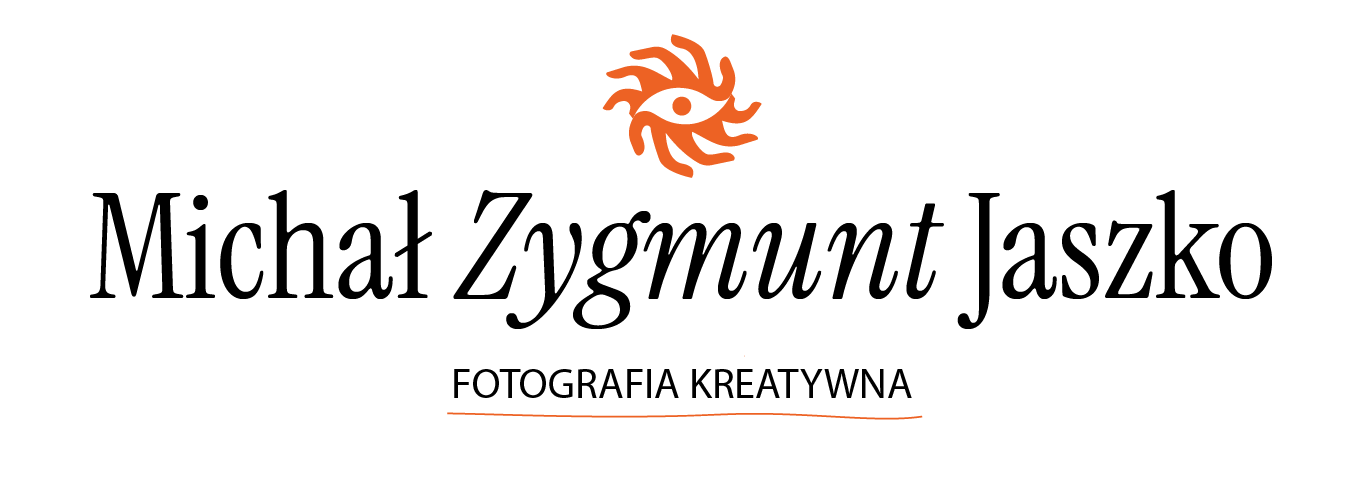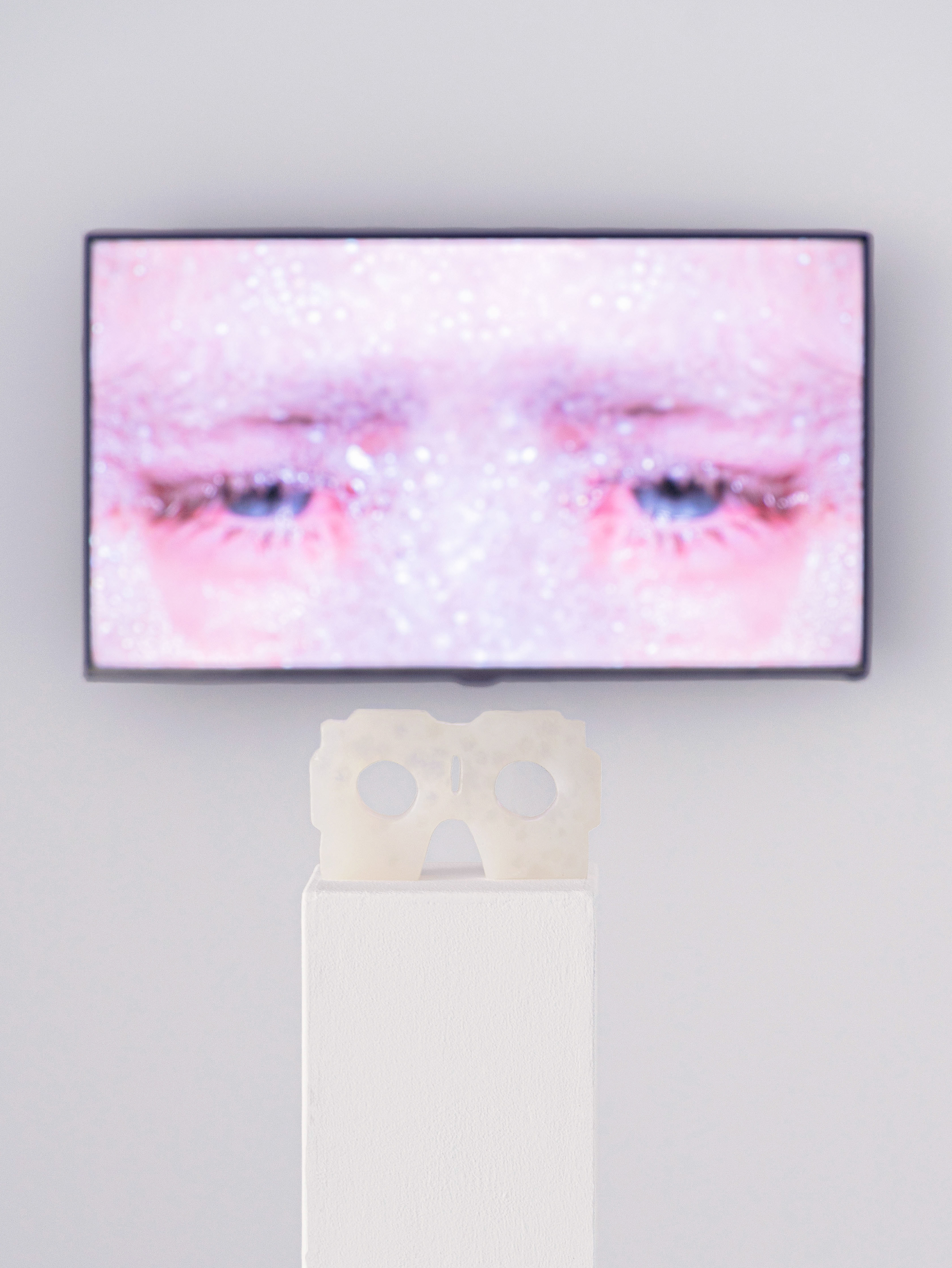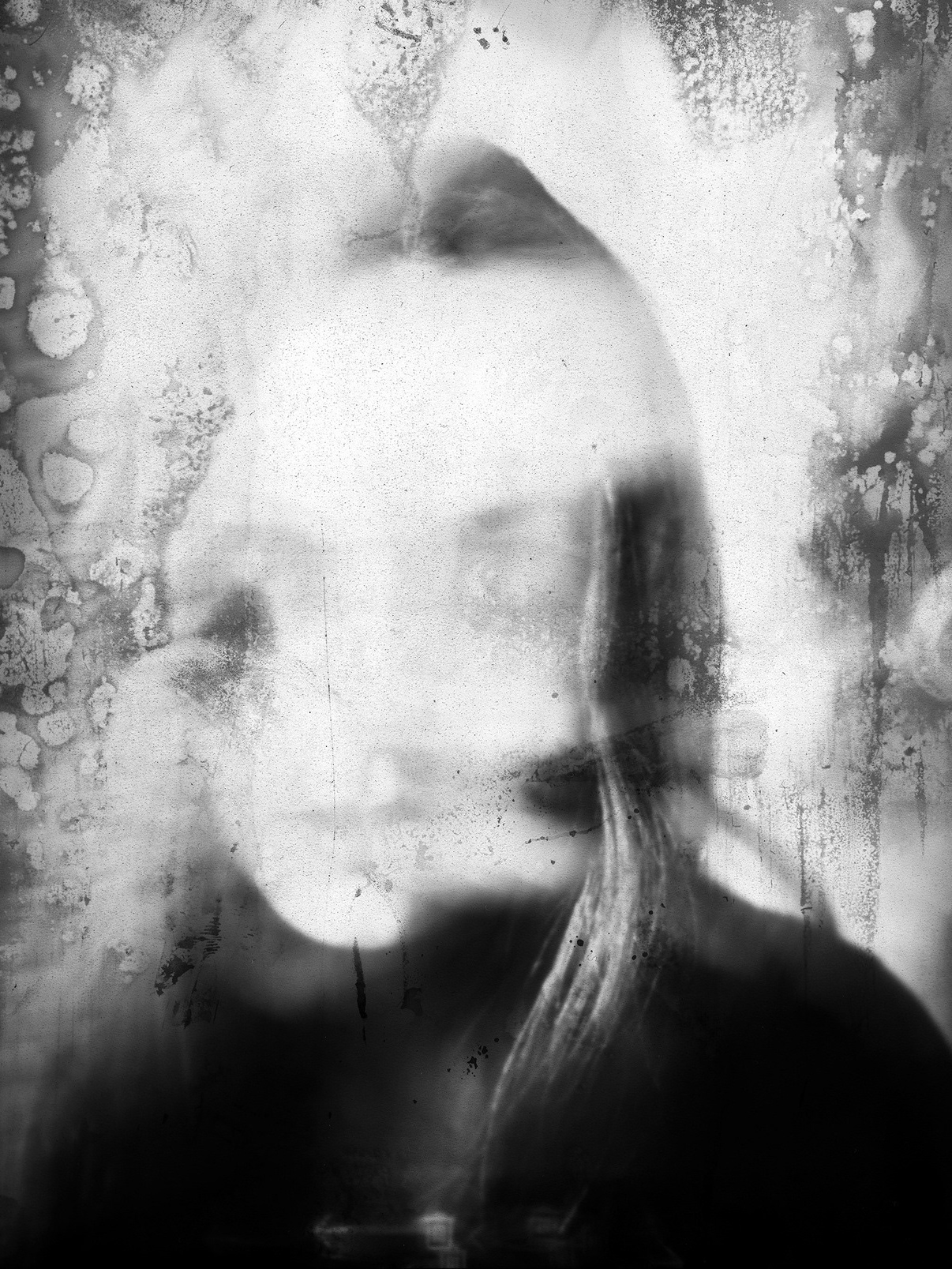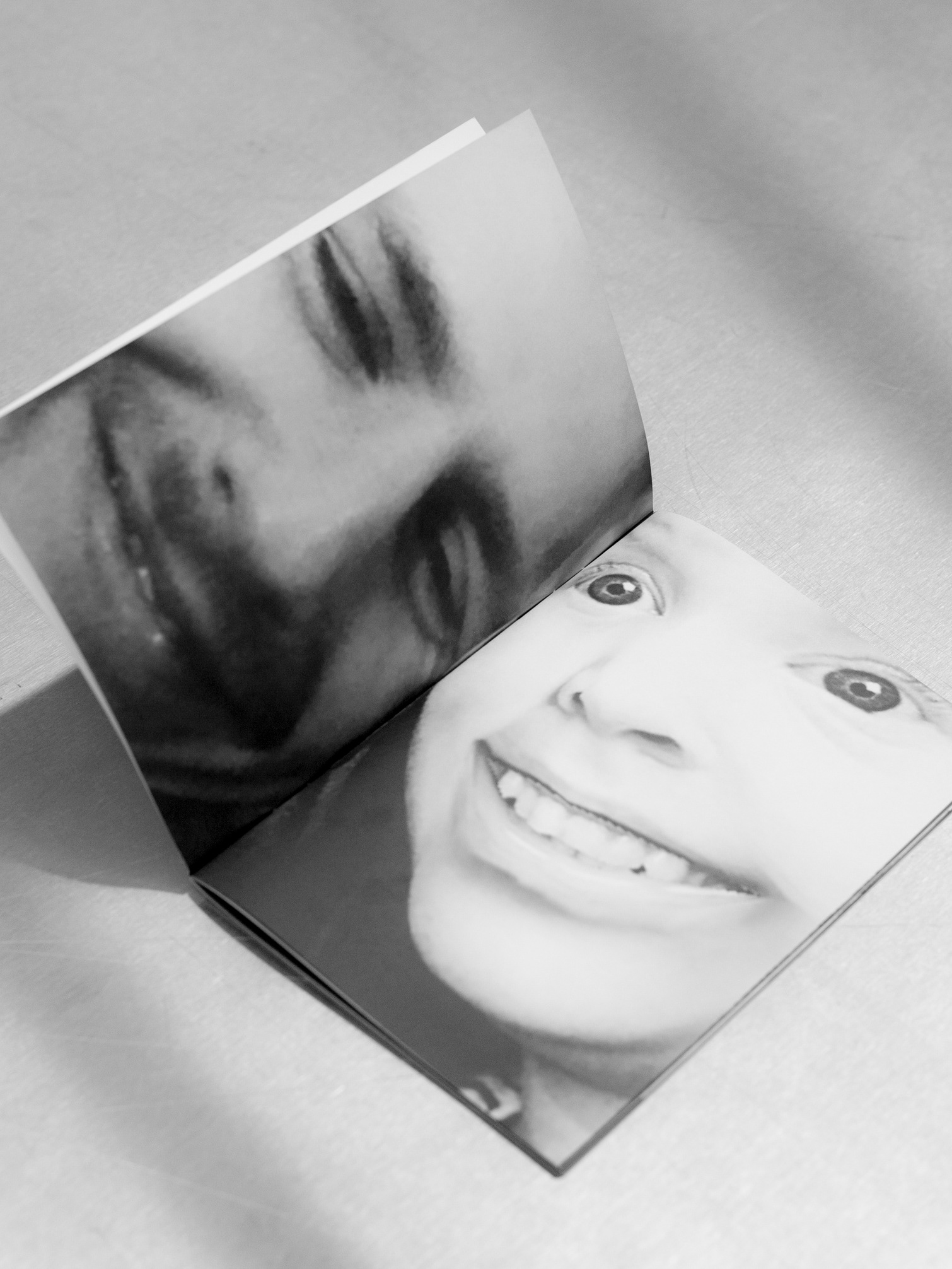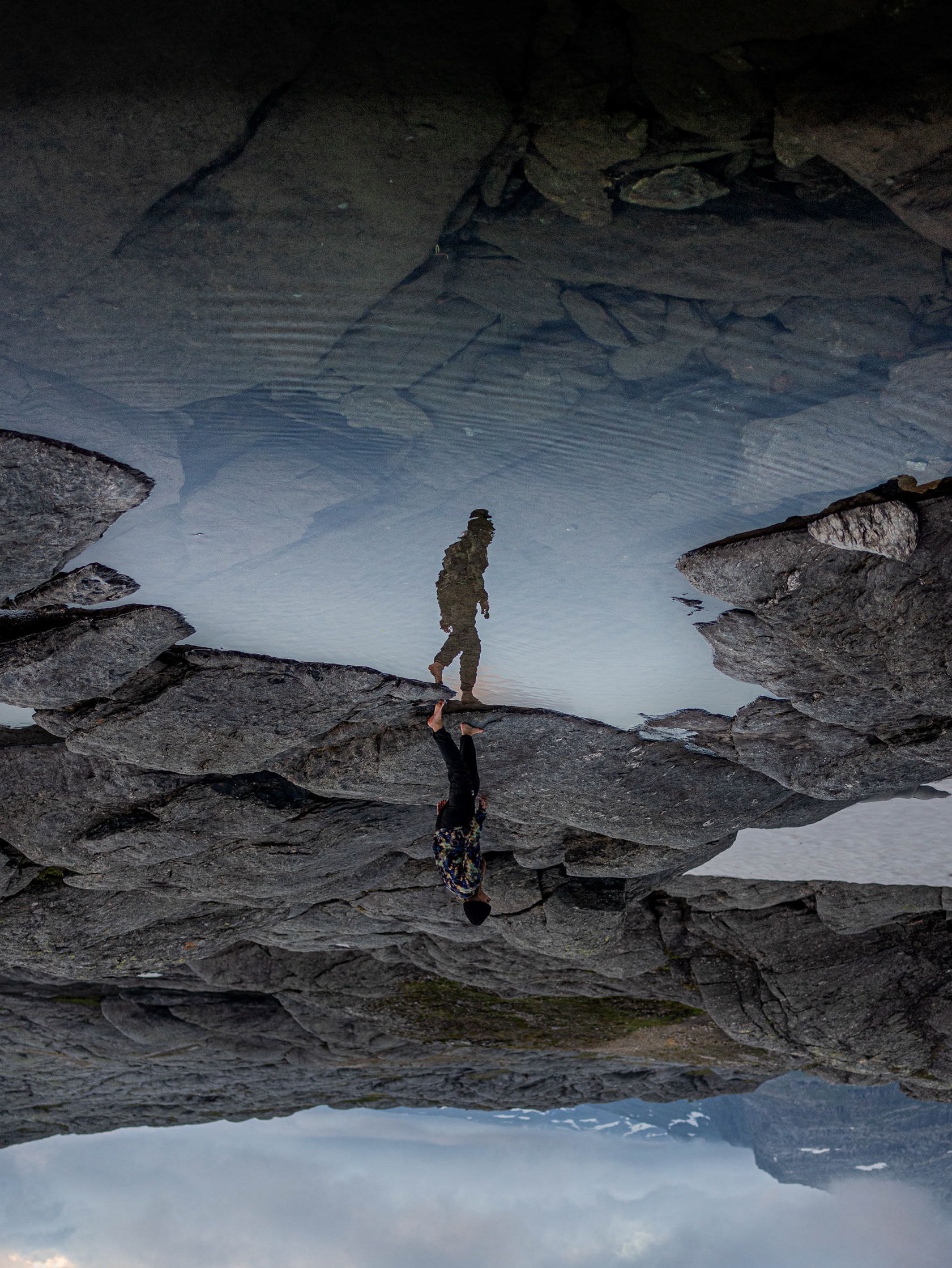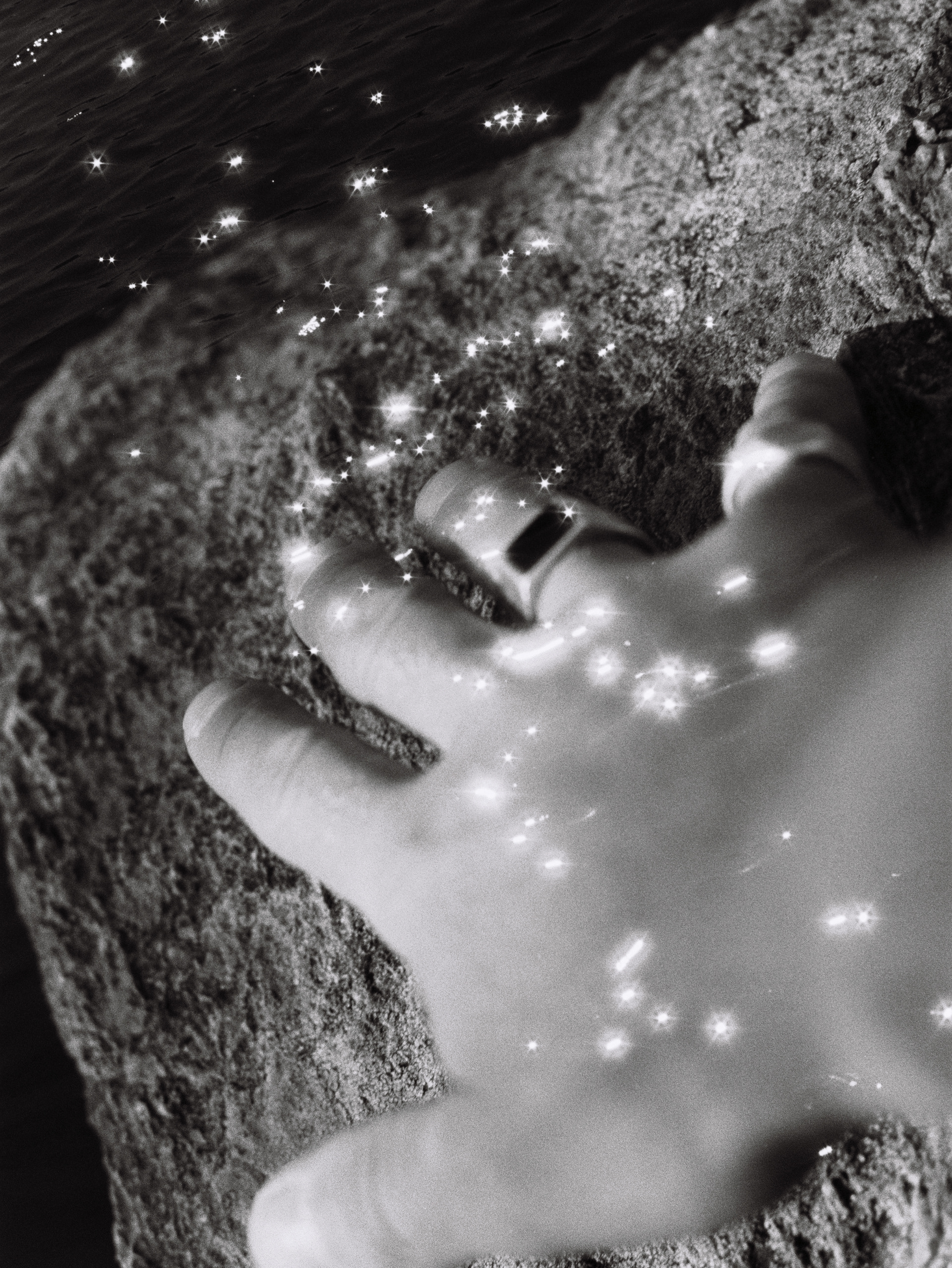The title of the project has been inspired by the Google Cardboard website – the budget version of the Virtual Reality glasses. I found it interesting that in the 21st century, where technology solutions are ubiquitous, we can access virtual reality through a device made of the most everyday items – a cardboard carton, plastic lenses, elastic with Velcro and a magnet. The materiality of this device and its connection with a smartphone screen got me curious. In my work I see a screen as a frontier, a transmitter of a digital image, and a way to perceive that image as a human – a basic access device to virtuality. The passage between reality and virtuality, the image and reality, virtuality and materiality, are all important for me from the perspective of my artistic work. Apparently, the images that seem real, which are based somewhere between the photographic registration and images, are the result of my reflection on the influence of virtuality on our everyday life. I am interested in the moment when our reality begins to appear more virtual. So this made me look closely at my personal arena, at the things, which in their form – and thanks to simple, mostly analogue, transformation – become the imitation of digitally generated images. I wanted to take the phenomena noticed in the internet space – in which increasingly larger amounts of photographic images and renderings mix together – and present them in the most material form possible. For this purpose, I used everyday household objects, like a coffee cup, fabric or even a pumice stone, with which we have daily personal or even intimate contact. I use my own image in the project, both to highlight sceptical attitudes to selfie culture and everything that represents, and also, through the medium of the cardboard virtual reality glasses, to become a tool (hybrid), facilitating access to virtual reality.

